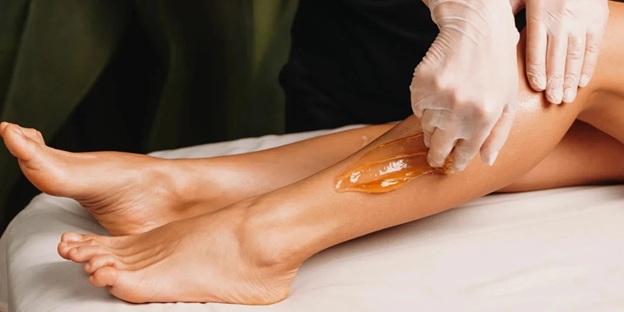Rugby, football, hockey, and martial arts are examples of contact sports that provide thrills, adrenaline, and a high level of physical activity. However, because of the high-impact manoeuvres, fast-paced action, and frequent collisions, they also carry a significant danger of injury. Athletes of all skill levels must know how to control these dangers while getting ready for a successful recovery.
Some athletes look for complementary therapies to speed up recovery, even if conventional treatment alternatives like physical therapy, rest, and focused workouts are still essential. Alternative treatment for sports injuries, for instance, has drawn interest due to its potential to aid in rehabilitation in addition to traditional medical care. These might include methods that try to lessen discomfort, increase circulation, and restore mobility, such as massage therapy, acupuncture, and cryotherapy.
Typical Contact Sports Injuries
Certain injuries are more likely in contact sports because of the frequent repeated hits and abrupt direction shifts. These consist of:
- Concussions: These injuries, which are brought on by head collisions, need to be evaluated right away in order to avoid long-term brain damage.
- Sprains and Strains: These soft-tissue injuries, which are often brought on by abrupt twisting or overextension, impact the muscles, tendons, and ligaments.
- Dislocations and Fractures: High-contact accidents may cause joints to become misaligned or break bones.
- Knee and Shoulder Injuries: Sports requiring quick stops, spins, and overhead movements are prone to ligament tears, such as ACL or rotator cuff injuries.
Early detection of these problems enables athletes to get the right care and prevent further issues.
Lowering The Chance Of Sports-Related Injuries
Although some risk is unavoidable due to the physical nature of contact sports, the chance of injury may be considerably decreased with the use of effective preventative techniques:
- Strength and Conditioning Training: Increasing joint stability and muscular strength improves support during collisions.
- Protective Gear: Protective gear, such as braces, padding, mouthguards, and helmets, may assist in cushioning impact and shielding sensitive regions.
- Technique and Form: Knowing the right landing, tackling, and movement mechanics helps you avoid putting undue pressure on your body.
- Enough stretching and warm-ups: Pre-game exercises increase flexibility and prime muscles for action.
- Scheduled Rest: Preventing overtraining allows the body to recuperate and lowers the risk of injuries brought on by exhaustion.
The Process Of Recovery
A sports injury’s recovery is often a multi-phase procedure that combines medical care, rehabilitation activities, and lifestyle modifications. First, the emphasis is on using rest, ice, compression, and elevation (RICE) to reduce pain and inflammation.
Physiotherapy is essential when the acute period is over. Strengthening, increasing range of motion, and retraining the body to properly execute certain sports motions are all part of this stage. Support for mental health may also be very important since injuries can affect an athlete’s motivation and self-esteem.
Surgery may be required for serious injuries such as fractures or rips in the ligaments. Post-surgery rehabilitation is equally crucial to guarantee that the athlete regains complete functional ability.
Including Alternative Medicines
Alternative therapies may enhance general wellbeing and hasten healing when used in conjunction with traditional treatments. Sports massage is one technique that may reduce stress and increase blood flow to affected regions. While hydrotherapy may help restore strength gradually without putting undue pressure on joints, acupuncture may assist control discomfort and decrease inflammation.
Due to its ability to reduce muscular pain and swelling, cryotherapy—which involves exposure to very low temperatures—has gained popularity among athletes. Under expert supervision, these techniques may support a rehabilitation plan, but they shouldn’t take the place of medical counsel.
Safely Getting Back Into The Game
One of the most frequent reasons for re-injury is a hasty return to play. Only after receiving medical clearance and completing a gradual reintroduction to training intensity may athletes return to full participation. Functional testing guarantees preparedness and lowers the chance of setbacks by evaluating an athlete’s capacity to execute movements unique to their sport.
It’s important to pay attention to your body because if pain or discomfort returns, it can indicate that you need additional rest or specialised care. Recovering successfully means not just getting back to work as soon as possible, but also getting back strong and ready to perform at your best.
In conclusion
Sports involving contact are thrilling and dangerous. Athletes may take proactive measures to safeguard themselves and guarantee a full recovery, even if injuries are sometimes inevitable. Players may decrease downtime, restore their physical edge, and resume playing with renewed confidence by combining supporting alternative treatments with established medical care. Effective risk management prolongs players’ athletic careers and keeps them safer, enabling them to continue competing for years to come.





